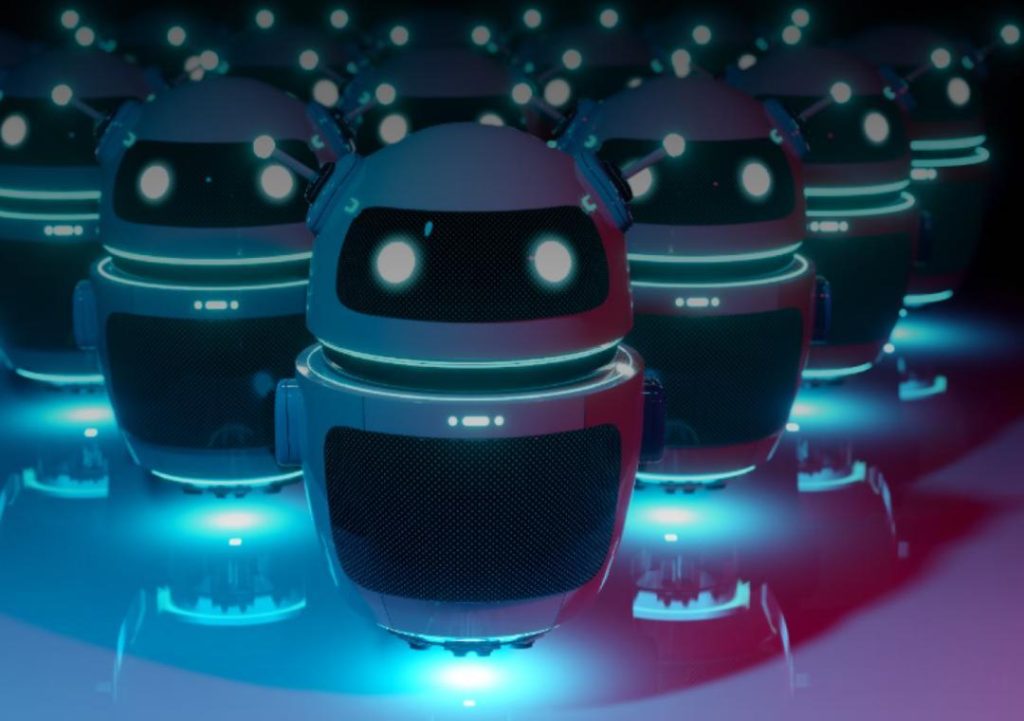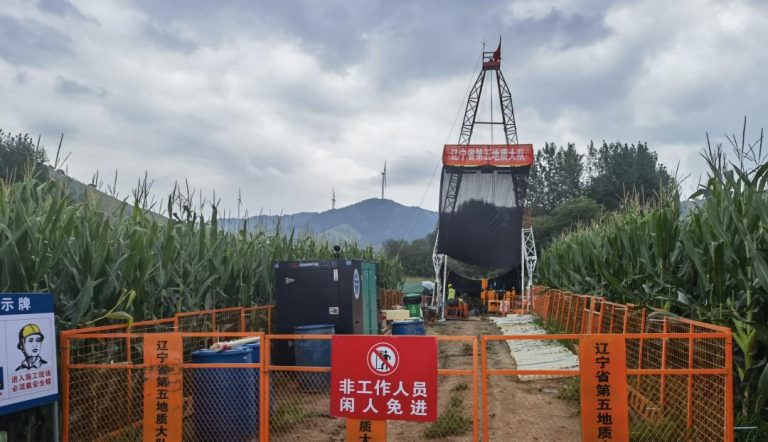
Multiagent AI Powers Drones with Dynamic Task Planning Skills
The world of artificial intelligence (AI) has made tremendous strides in recent years, with applications in various industries, from healthcare to finance. However, traditional AI systems have limitations, such as being single-agent based, which restrict their ability to adapt to dynamic environments and complex tasks. This is where multiagent AI comes into play, enabling AI systems to divide tasks, recover from failure, and reassign roles dynamically – unlocking applications once thought impossible for traditional AI.
In this blog post, we will delve into the world of multiagent AI, exploring its applications in drone fleets and disaster relief robots, and how it is revolutionizing the way we approach AI-based decision-making.
What is Multiagent AI?
Multiagent AI refers to a subfield of artificial intelligence that focuses on the development of autonomous agents that work together to achieve a common goal. These agents are designed to make decisions independently, while also considering the actions and goals of other agents in the system. This approach allows for more efficient and effective problem-solving, as agents can adapt to changing conditions and recover from failure.
Applications of Multiagent AI
One of the most exciting applications of multiagent AI is in drone fleets, where multiple drones work together to accomplish complex tasks such as surveying, inspection, and delivery. Traditional AI systems would struggle to manage the coordination and communication between multiple drones, but multiagent AI enables them to work together seamlessly.
For instance, a fleet of drones could be tasked with inspecting a large infrastructure project, such as a bridge or a building. Each drone would be equipped with a camera and sensors, and would be capable of communicating with the other drones in the fleet. Using multiagent AI, the drones would work together to gather data, identify areas of concern, and provide a comprehensive report to the project team.
Another exciting application of multiagent AI is in disaster relief robots, where robots work together to respond to natural disasters and other crises. Multiagent AI enables these robots to adapt to changing conditions, such as shifting rubble or contaminated water, and to recover from failure, such as losing communication with the command center.
For example, a team of robots could be deployed to a disaster-stricken area, where they would work together to search for survivors, clear debris, and provide medical aid. Using multiagent AI, the robots would be able to adapt to the changing environment, recover from failure, and reassign roles as needed to ensure the most effective response.
Benefits of Multiagent AI
The benefits of multiagent AI are numerous, including:
- Improved Efficiency: Multiagent AI enables agents to work together more efficiently, reducing the need for centralized control and increasing the speed of decision-making.
- Enhanced Adaptability: Multiagent AI allows agents to adapt to changing conditions, recover from failure, and reassign roles as needed, making it ideal for dynamic and uncertain environments.
- Increased Scalability: Multiagent AI enables agents to work together in large teams, making it ideal for applications where a single agent would be insufficient.
- Improved Robustness: Multiagent AI systems are more robust than traditional AI systems, as they can recover from failure and adapt to changing conditions.
Challenges and Future Directions
While multiagent AI has the potential to revolutionize the field of artificial intelligence, there are still several challenges that need to be addressed, including:
- Complexity: Multiagent AI systems can be complex and difficult to understand, making it challenging to develop and maintain them.
- Scalability: While multiagent AI enables agents to work together in large teams, there are still scalability challenges that need to be addressed, particularly in applications where the number of agents is very large.
- Interoperability: Multiagent AI systems often require agents to communicate with each other, which can be challenging, particularly in applications where agents are developed by different organizations or countries.
Despite these challenges, the future of multiagent AI looks bright, with many exciting applications on the horizon. As the technology continues to evolve, we can expect to see multiagent AI being used in a wide range of applications, from healthcare to finance, and from transportation to education.
Conclusion
Multiagent AI is a powerful technology that has the potential to revolutionize the field of artificial intelligence. By enabling agents to work together, adapt to changing conditions, and recover from failure, multiagent AI unlocks applications once thought impossible for traditional AI. From drone fleets to disaster relief robots, multiagent AI is changing the way we approach AI-based decision-making, and has the potential to transform many industries in the years to come.
News Source:
https://www.growthjockey.com/blogs/multiagent-planning-in-ai






